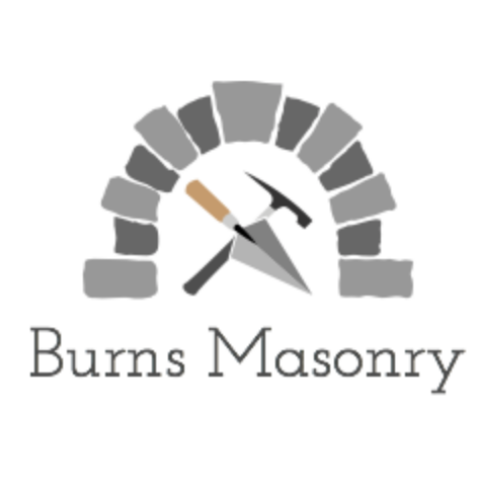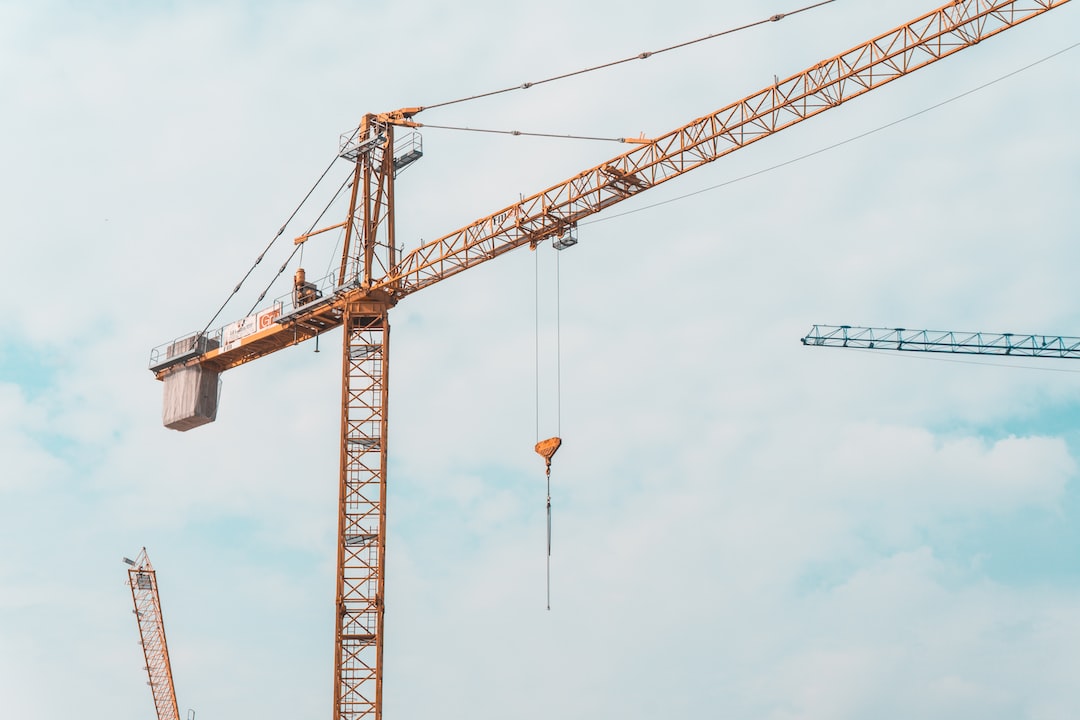Reviving the Spirit of the Past: How Masonry Restoration Preserves Cultural Identity
Preserving cultural heritage is essential to maintaining a sense of identity and connection to our past. One significant aspect of this preservation is masonry restoration, a crucial process that ensures the longevity and authenticity of historical buildings. Repointing masonry, in particular, plays a vital role in reviving the spirit of the past and preserving cultural identity.
Masonry restoration involves the meticulous repair and maintenance of historic structures, focusing on their architectural features and materials. Old buildings constructed with masonry, such as stone or brick, are particularly vulnerable to environmental factors and the passage of time. Without proper upkeep, these structures can deteriorate and lose their original charm. Therefore, repointing masonry becomes a vital step in the restoration process.
Repointing masonry refers to the practice of renewing the mortar that holds the individual stones or bricks together. Over the years, mortar can become eroded, cracked, or damaged due to weathering, which compromises the structural integrity of the building. By removing the deteriorated mortar and replacing it with fresh mortar, repointing masonry helps strengthen the overall structure and prevent further damage. This meticulous process not only ensures the safety of the building but also preserves its authentic appearance.
One significant benefit of repointing masonry is the preservation of cultural identity. Historical buildings are much more than just remnants of the past; they serve as physical manifestations of a community’s history and cultural heritage. The architectural styles, building techniques, and materials used in these structures reflect the values, traditions, and craftsmanship of bygone eras. Without proper restoration, these important aspects of cultural identity can be lost forever.
By repointing masonry, restoration specialists can maintain the authenticity of historical buildings. The attention to detail and craftsmanship required in repointing ensures that the new mortar matches the original color, texture, and composition. This seamless integration not only enhances the structural stability of the building but also contributes to its aesthetic appeal, allowing future generations to experience the structure’s original beauty.
Preserving cultural identity through masonry restoration is not limited to single buildings. Entire neighborhoods or historic districts can benefit from repointing masonry. By revitalizing multiple structures within a community, these restoration efforts create cohesive and visually appealing environments that showcase the shared heritage of its inhabitants. The restored masonry becomes a symbol of community pride, promoting tourism, and boosting local economies.
In conclusion, reviving the spirit of the past through masonry restoration, particularly repointing masonry, is crucial for preserving cultural identity. By ensuring the structural integrity and authenticity of historical buildings, we maintain a connection to our past and safeguard the aspects of our heritage that define us. It is through these restoration efforts that we can continue to honor and appreciate the remarkable craftsmanship of our ancestors, while creating a lasting legacy for future generations.
Publisher Details:
Burns Masonry Inc
https://www.burnsmasonry.com/
Tuckpointing & Repointing – Chimney Repair – Foundation Repair – Recent Work

